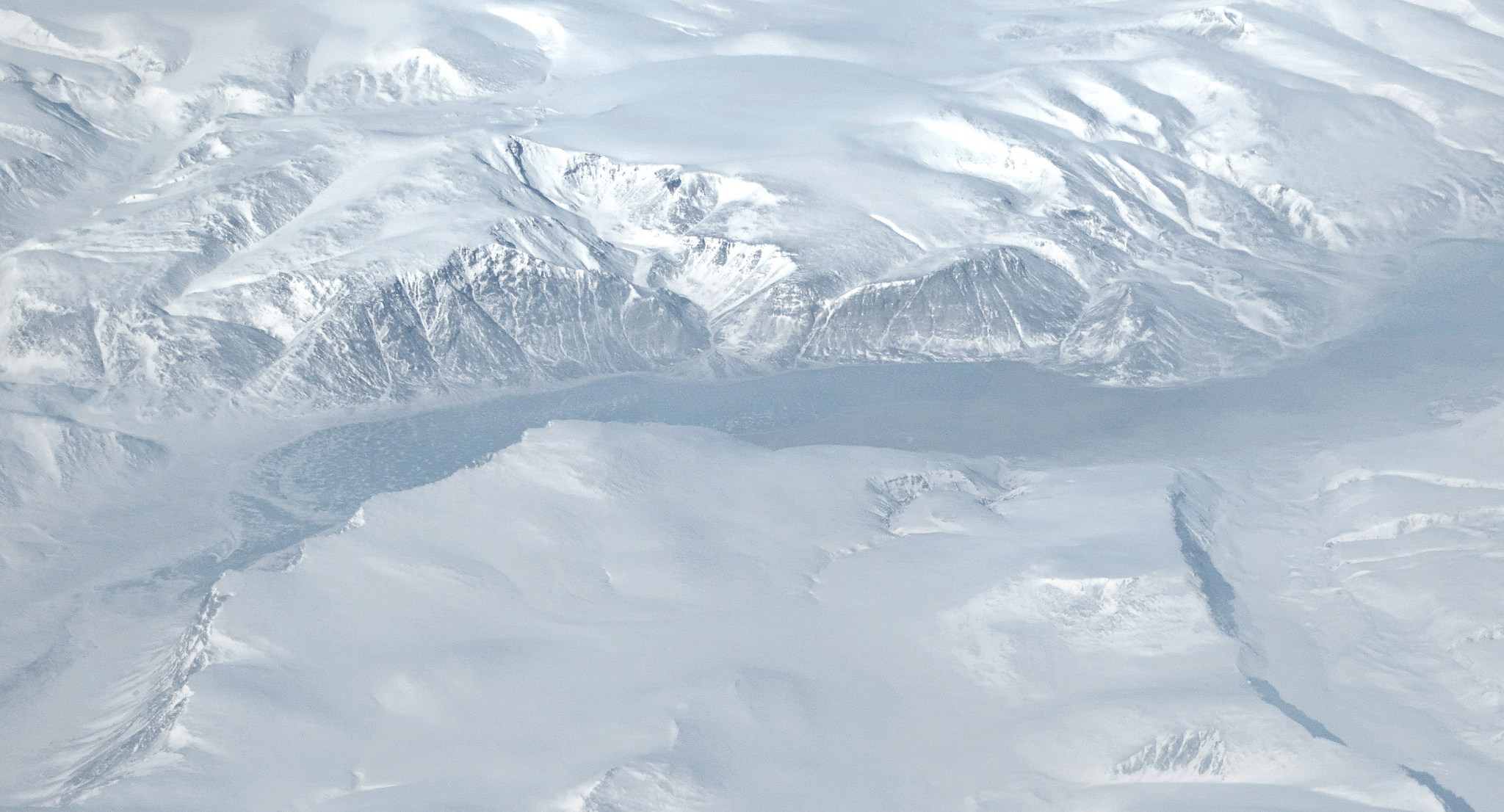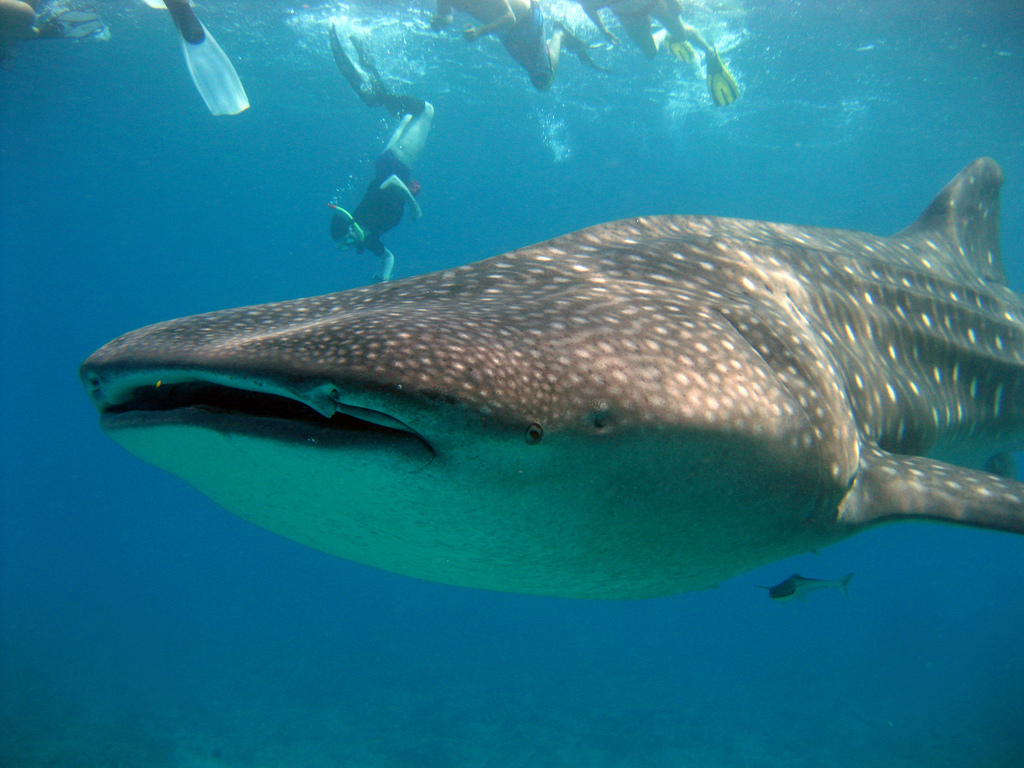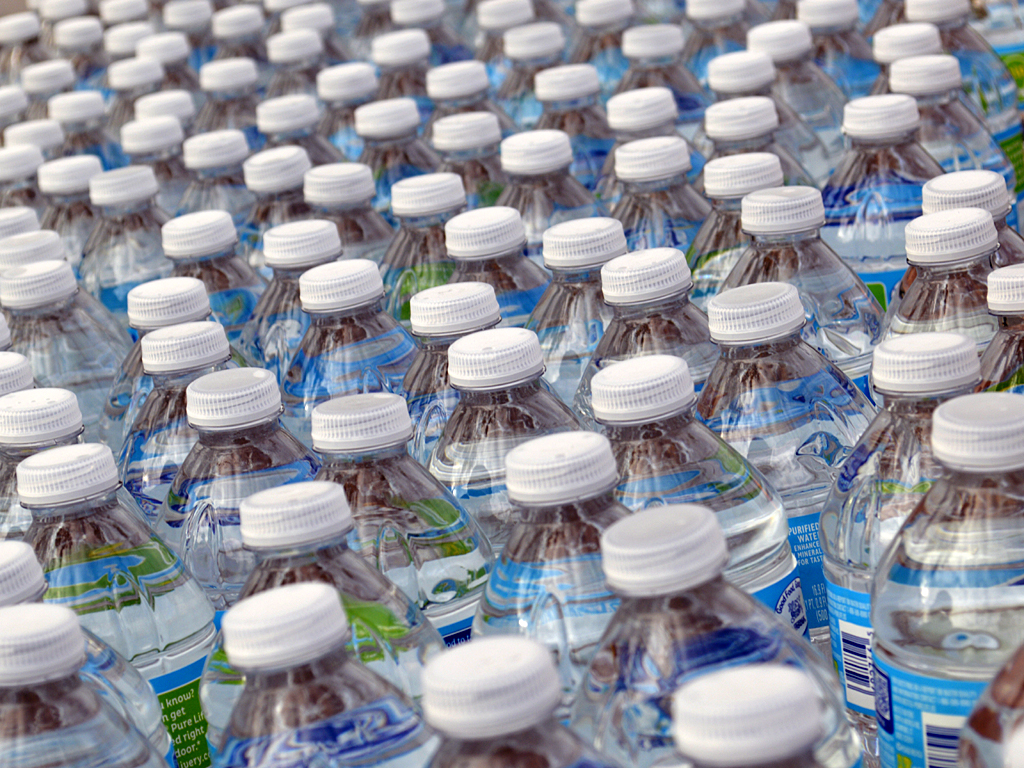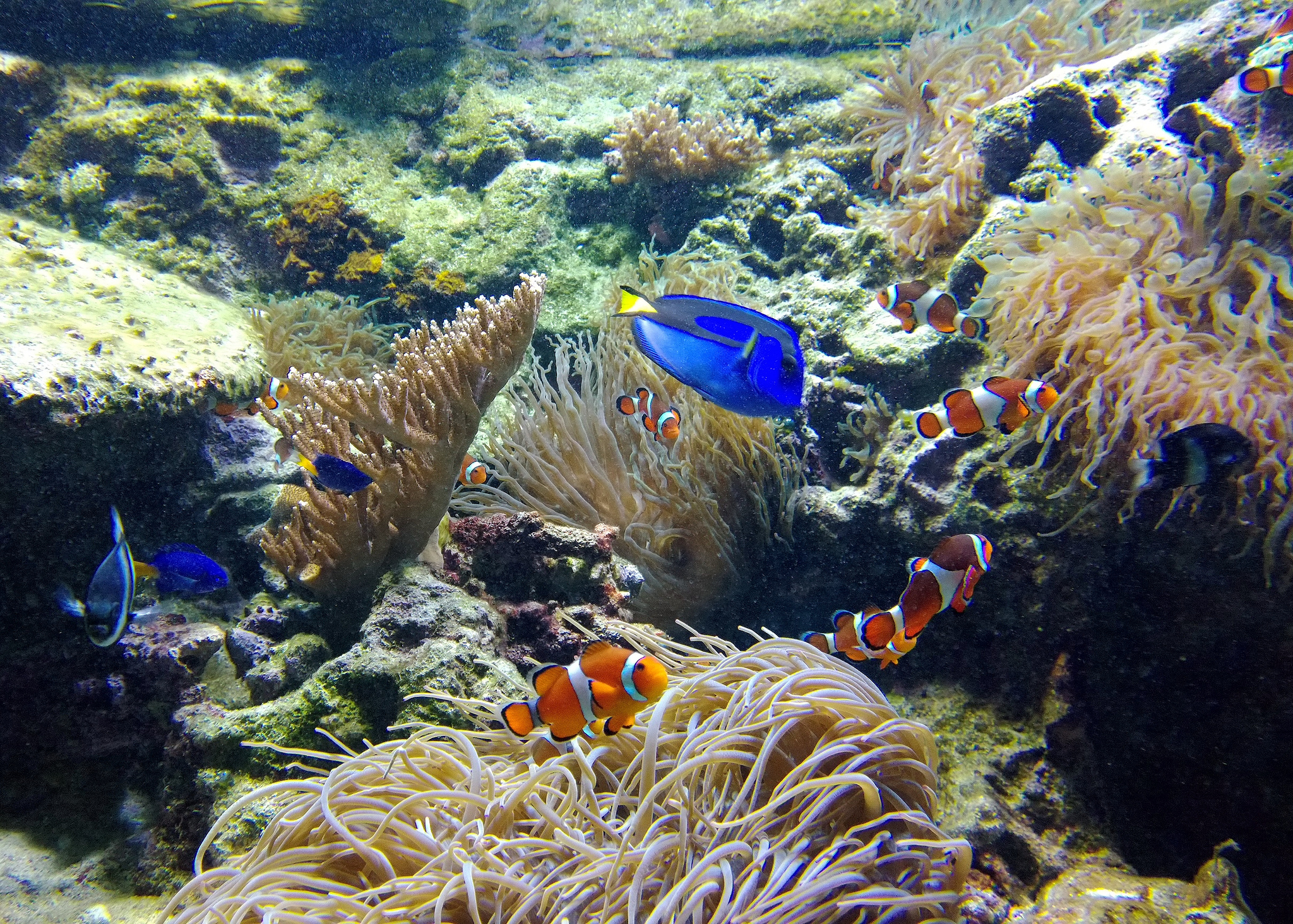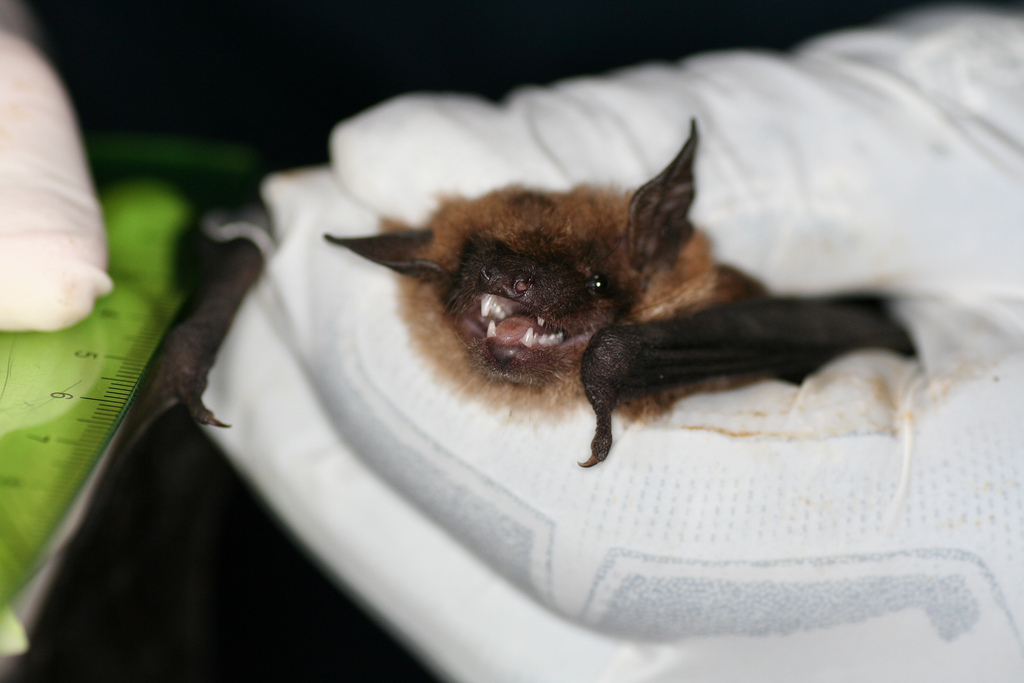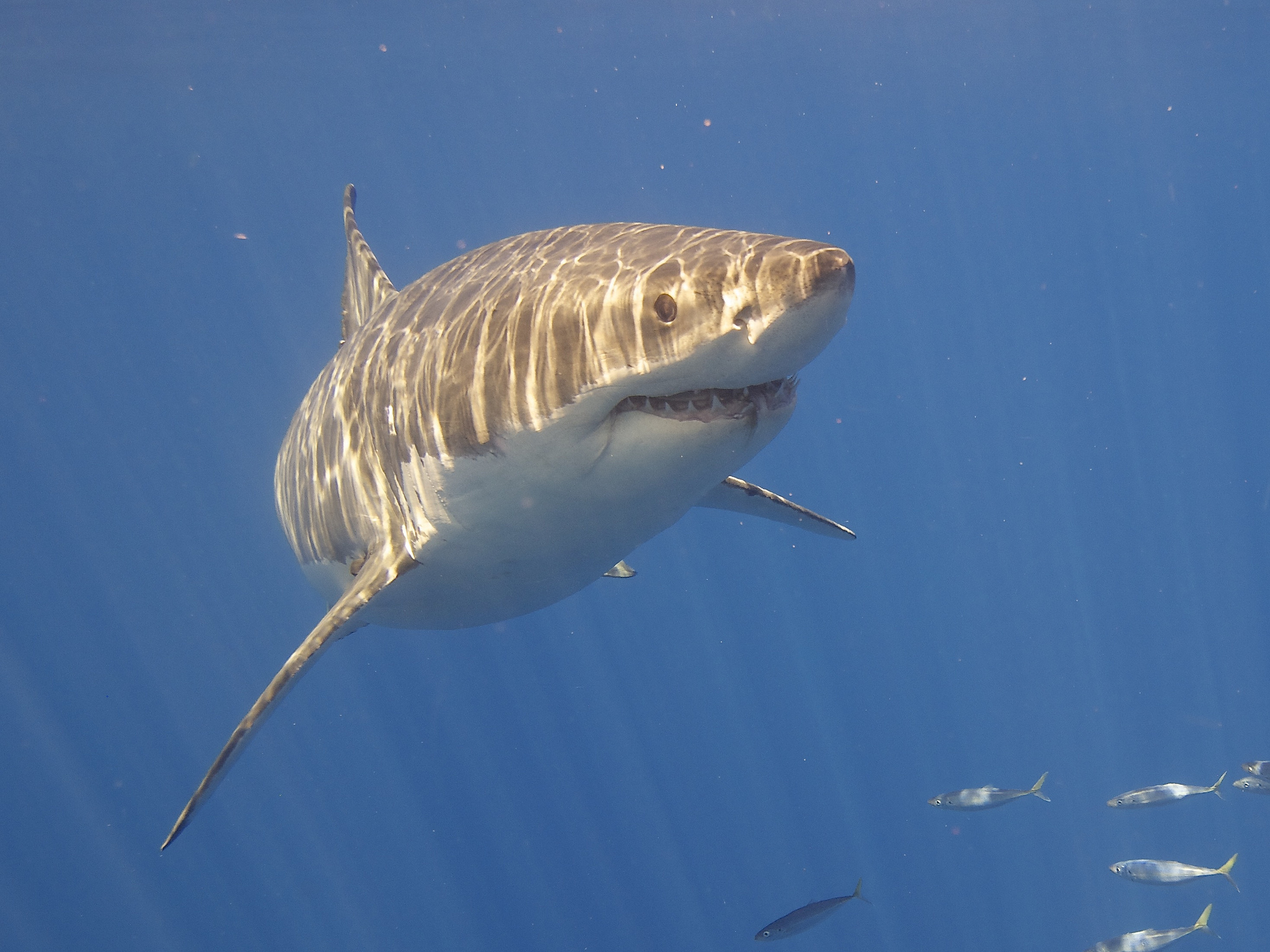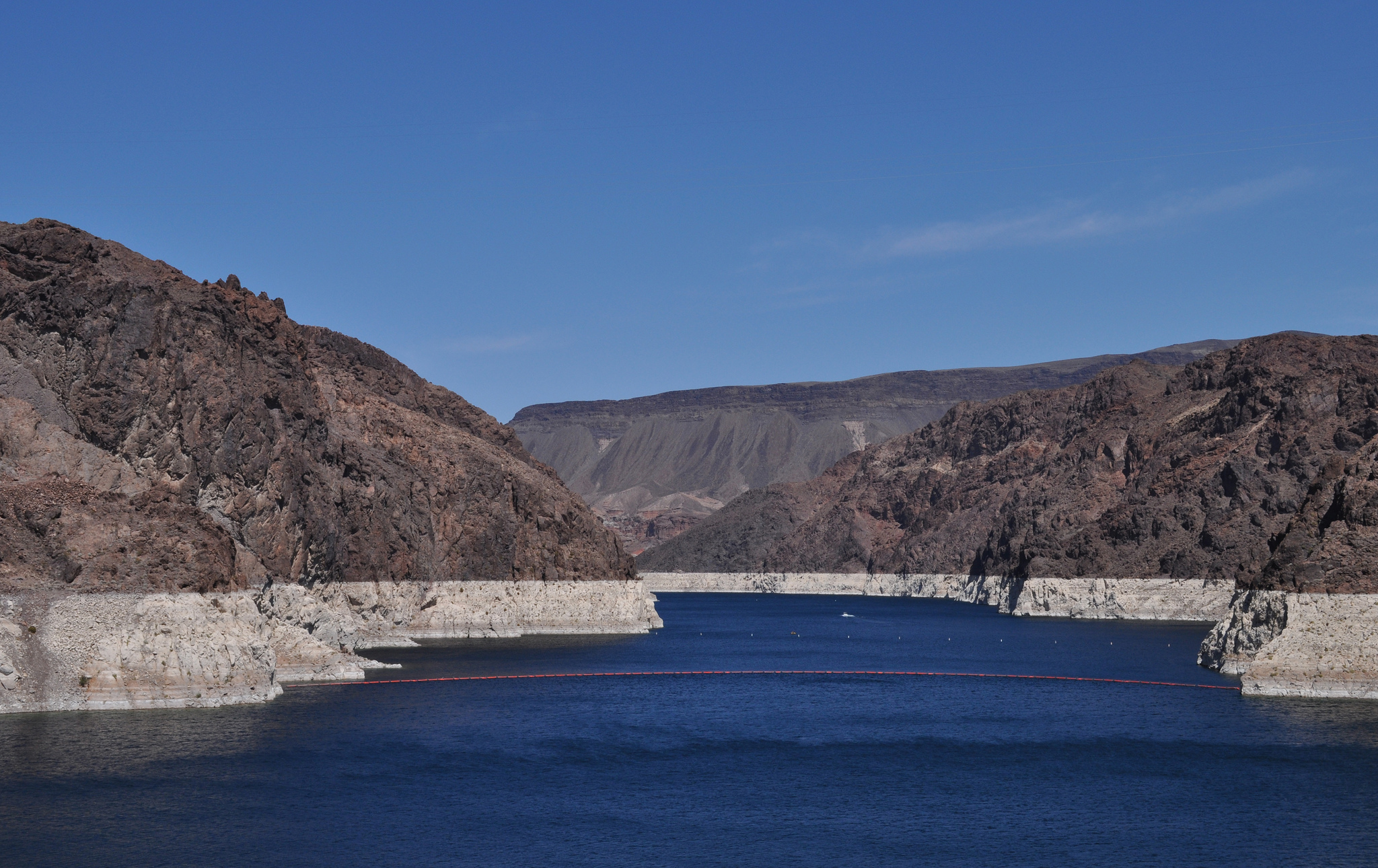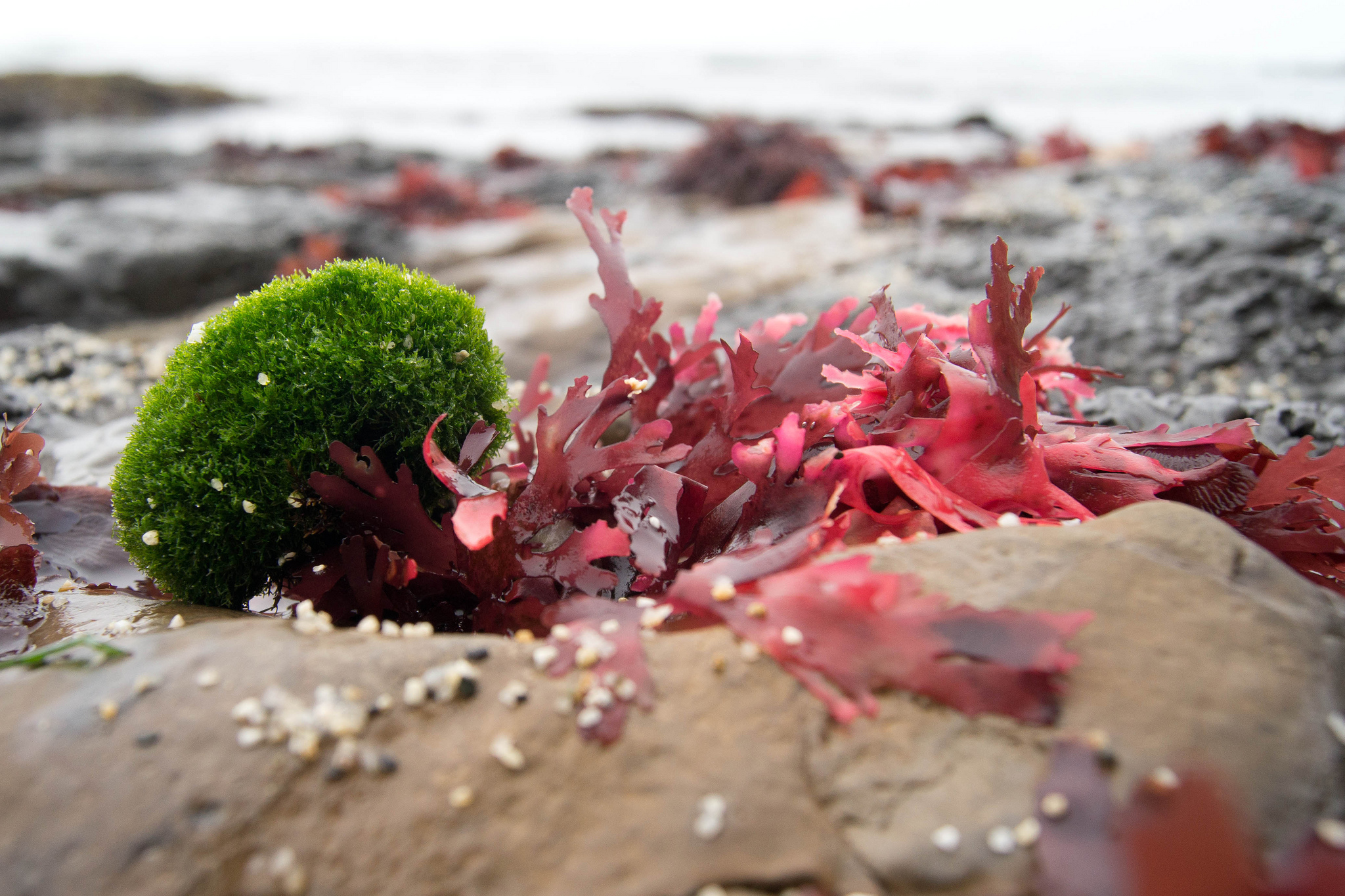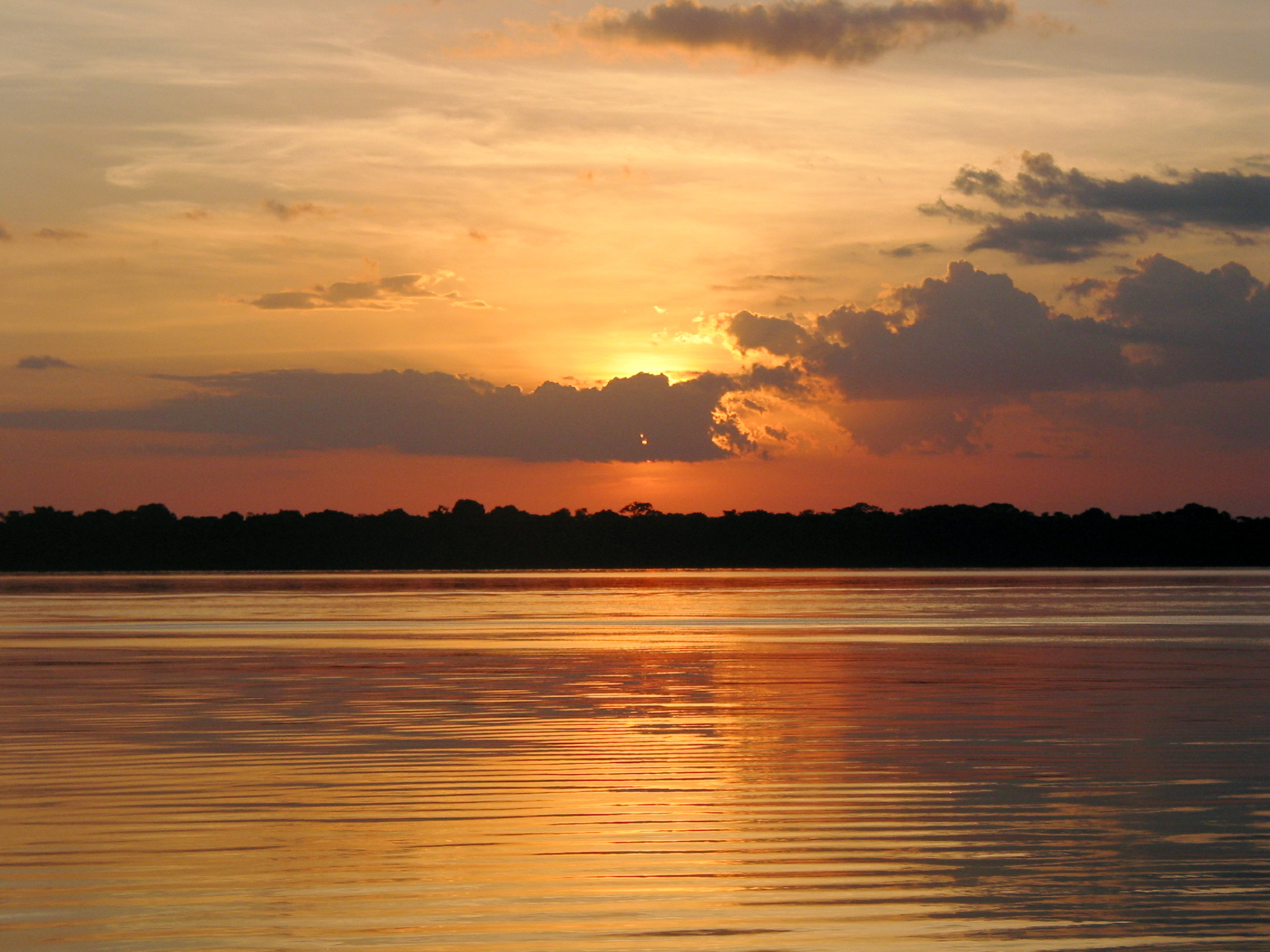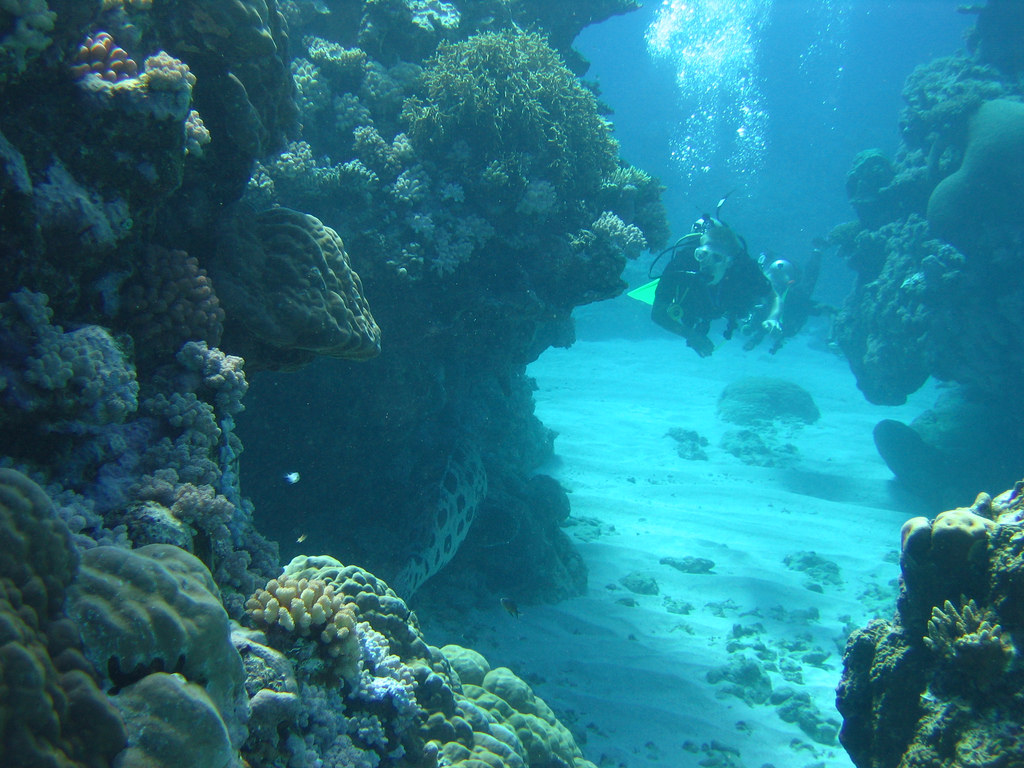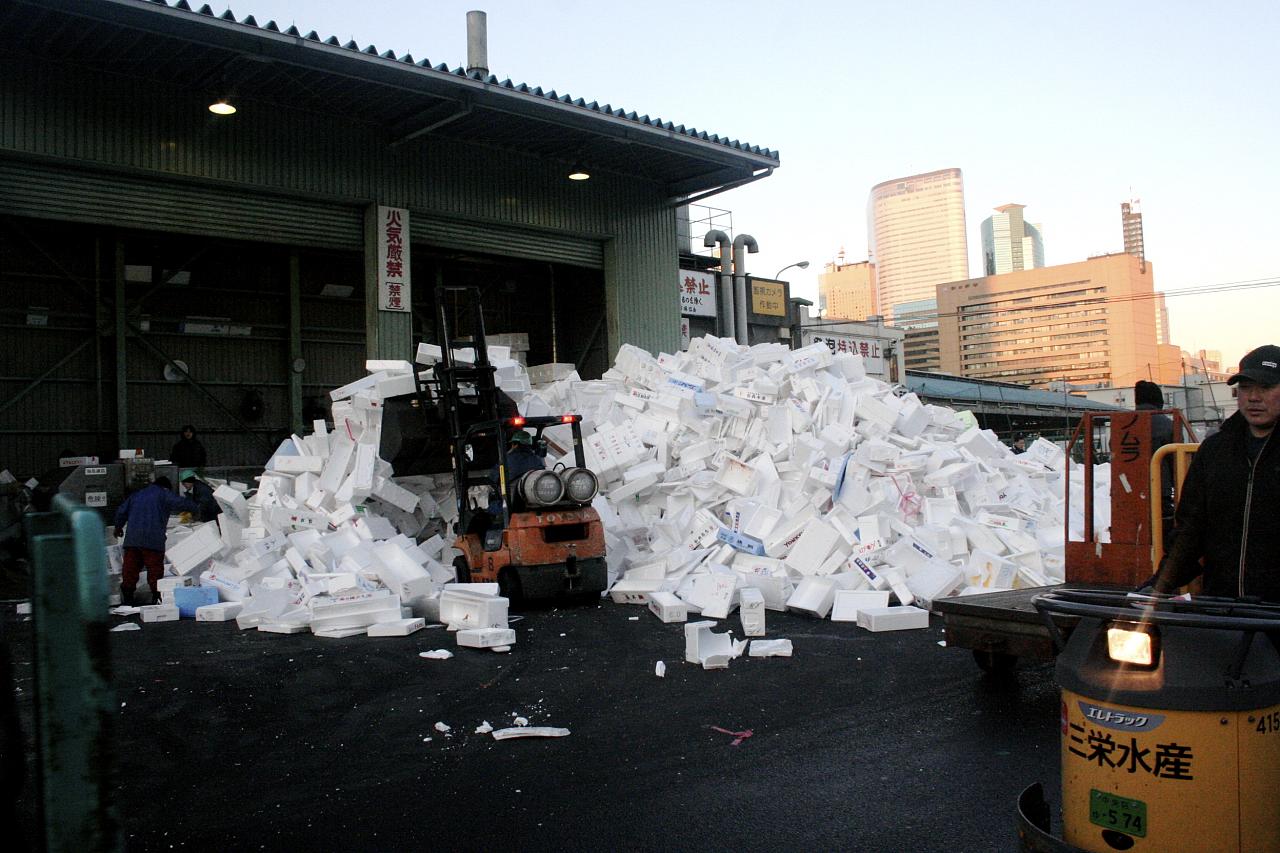NASA data show that the Earth’s temperature in July was the highest recorded since record-keeping began 136 years ago. It was also the 10th straight month of record-breaking temperatures and was .18 degrees Fahrenheit higher than the previous hottest July in 2011.
Economy and Policy
Climate Change And Radioactive Waste
What do climate change and radioactive waste have in common? It turns out a lot more than we’d like. According to research, which was was led by York University in collaboration with the University of Zurich and recently published in the journal Geophysical Research Letters, rising global temperatures could lead to the release of – yep, you guessed it – radioactive waste.
Installing Solar Panels
Part of Hillary Clinton’s proposed energy plan is a pledge that half a billion additional solar panels will be installed by the end of her first term if she is elected President this year. This number sounds wildly ambitious. It is even realistic?
Whale Sharks
Whale sharks are the largest fish in the sea. They can grow more than 40 feet in length, weigh up to 47,000 lbs, and have a lifespan of about 70 years. They can be found cruising in the open waters of tropical oceans. But despite being enormous, whale sharks are no threat to humans. The docile beasts, which feed almost exclusively on plankton, have often been referred to as “gentle giants.”
Bottled Water
This year, Americans will consume more bottled water than soda for the first time. The average American will buy 27.4 gallons of bottled water, over a gallon more than soda drinks.
Energy Intensity
Every stage of civilization is characterized by its use of energy. From burning wood to steam engines to our electrified society, energy is behind everything we do. Over time, human society has become increasingly energy intensive. As our standards of living have improved and as we overcome the effects of weather – either cold or warm – it takes more and more energy to live the lives we lead.
Breeding Dory
The regal blue tang is one of the most common and most popular marine aquarium fish in the world. In the U.S., they have been ranked as high as the 10th most imported fish species out of over 2,000 that enter the country. Apart from aquarium hobbyists, millions of people now associate blue tangs with the character Dory in a couple of popular animated films.
A Solar Airport
Cochin International Airport in southern India is the seventh busiest airport in the country. Its managers were fed up with the facility’s large electric bills and decided to take matters in their own hands.
Prowling Cougars
What large mammal routinely kills 200 humans in the Eastern United States every year? Here’s a hint: It’s not cougars. It’s actually overabundant white-tailed deer.
Ebola And Bats
Filoviruses have devastating effects on people and primates, as evidenced by the 2014 Ebola outbreak in West Africa. For nearly 40 years, preventing spillovers has been hampered by an inability to pinpoint which wildlife species harbor and spread the viruses.
Sharks In Hot Water
The majestic great white shark has been around for a very long time. Its evolutionary origin dates back 14 to 16 million years. And while great whites still enjoy decent populations off the coasts of Canada, Australia, and the United States, the same can’t be said for South Africa’s great whites.
Floating Solar
Installing solar arrays on the surface of bodies of water is an idea that is catching on around the world. Such installations are especially attractive in places like Japan, where land resources are scarce. In the UK, there are a couple of these so-called “floatovoltaic” projects underway – one outside of London and one near Manchester.
Packaging From The Sea
Waste due to excess packaging of the products we buy is a real problem. It is one that most of us are conscious of and more and more businesses are making efforts toward eco-friendly packaging. There is increased use of cardboard, which is recyclable. Most of us try to reduce our waste through recycling. But as we buy more things online and have a growing variety of things delivered to our homes, it is a struggle to receive the things we order in good condition and not end up with piles of packaging materials.
Amazon In Peril
A constitutional amendment being discussed in the Brazilian Senate threatens to set back decades of conservation efforts in the Amazon.
Light Pollution And Early Spring
We have talked about the impact of light pollution on our ability to see stars and the Milky Way. We have also discussed its impact on our circadian rhythms. Recently, scientists in Great Britain published a report on the relationship between light pollution and the timing of when trees produce their buds. The results of the study suggest that light pollution is causing plants to jump the gun on spring.
Solar Power In Las Vegas
The Las Vegas Strip has been referred to as an energy consumption nightmare. Just one look at the place provides evidence for the claim: an endless sea of lights, glitz and glamour and cavernous casinos running huge banks of air conditioning equipment in the desert heat. Even with Boulder Dam a hop, skip and jump away, Vegas is struggling to meet its electricity needs.
Cradle-to-Cradle
The circular economy refers to the concept of an economic system in which there is no waste. Materials are recycled, repurposed and reinvented to create new raw materials thereby reducing the need to extract new resources and thus saving money, energy and water resources.
Some Good News For Coral Reefs
Most recent news about coral reefs around the world has been bad news. There has been unprecedented coral bleaching in places like Australia’s Great Barrier Reef. The effects of climate change – including warming temperatures and rising seas – as well as the recent El Niño event have led to damaged reefs across the globe.
Polystyrene Foam
The San Francisco Board of Supervisors has voted to ban expanded polystyrene, the foam plastic used in food packaging, packing peanuts, coffee cups, and more. It is one of the most extensive bans of this type in the U.S.
Size Matters
One of the crowning achievements for wildlife protection in the US was the establishment of the National Wildlife Refuge system in the 1930s, when the populations of waterfowl were perilously low. Refuges provided breeding and migratory habitat that has allowed a remarkable recovery of many species of ducks and geese.

